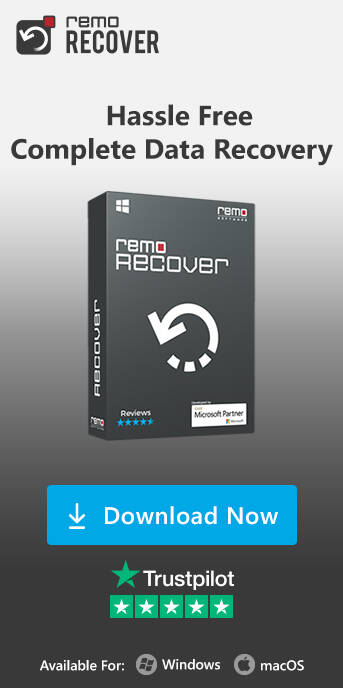What Is FAT?
FAT, or File Allocation Table, is a file system that dates back to the early days of computing. It was first introduced in 1977 by Microsoft and has since become one of the most widely used file systems worldwide. FAT is known for its simplicity and compatibility, making it a preferred choice for various storage devices such as floppy disks, USB drives, and even some older hard drives.
FAT comes in several versions, with FAT12, FAT16, and FAT32 being the most common ones. Each version offers varying features and capabilities, catering to different storage needs.
Structure of FAT
To comprehend FAT fully, let's break down its structure into key components:
- Boot Sector: The Boot Sector, also known as the Master Boot Record (MBR), is the first sector of a storage device that contains essential information about the file system's layout and organization.
- File Allocation Table: The heart of the system, the File Allocation Table, keeps track of each cluster's status on the storage device. It helps the operating system locate and manage files efficiently.
- Root Directory: The Root Directory serves as the top-level directory of the file system, containing information about the files and subdirectories present on the storage device.
- Data Clusters: Data Clusters are where the actual file data is stored. These clusters are linked and organized through the File Allocation Table.
Now that we've covered the basic structure of FAT let's explore its functioning and use cases.
Also Read: NTFS VS FAT32: What is Right for You?
How Does FAT Work?
FAT's working principle is straightforward. When a file is created or saved on a storage device, the operating system allocates a certain number of clusters in the File Allocation Table to that file. These clusters are then used to store the file's data. The operating system keeps track of which clusters are occupied and which are available, ensuring efficient data retrieval and storage.
Benefits of Using FAT
- Compatibility: FAT is compatible with various operating systems, making it an excellent choice for cross-platform storage devices. Whether you're using Windows, macOS, or Linux, FAT-formatted drives can be easily accessed.
- Simplicity: One of FAT's standout features is its simplicity. The file system's straightforward structure makes it easy to implement and use, even for those with limited technical knowledge.
- Low Overhead: FAT has relatively low overhead, meaning it doesn't consume much storage space for administrative purposes. This makes it suitable for smaller storage devices.
Drawbacks of the Fat File System:
- Limited file size and volume size.
- Poor security with no ACLs or file-level permissions.
- No journaling for error recovery.
- Inefficient disk space utilization.
- Limited metadata support.
- Lack of native Unicode support.
- Fragmentation can occur.
- Limited error-checking and recovery.
- No support for compression or encryption.
- Lacks advanced features found in modern file systems.
Also Read: How to recover data from FAT32 drives?
Conclusion
FAT, or File Allocation Table, has a storied history in the world of computing. While it may not be the go-to choice for modern storage solutions, it still plays a vital role in specific use cases. Understanding its structure and limitations can help users make informed decisions when dealing with FAT-based devices.
